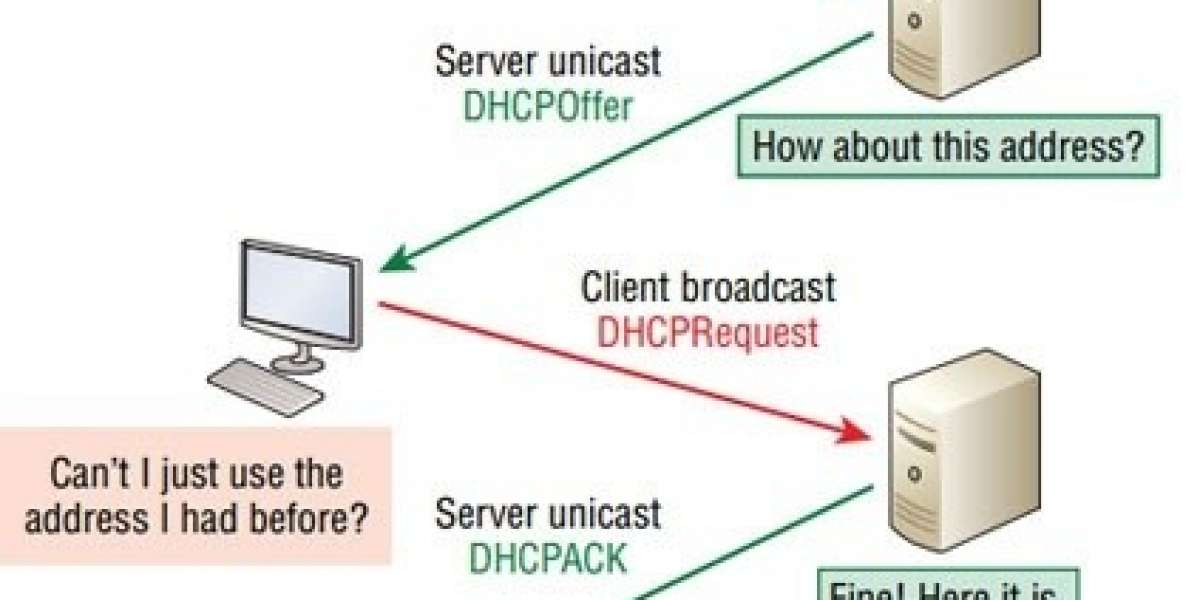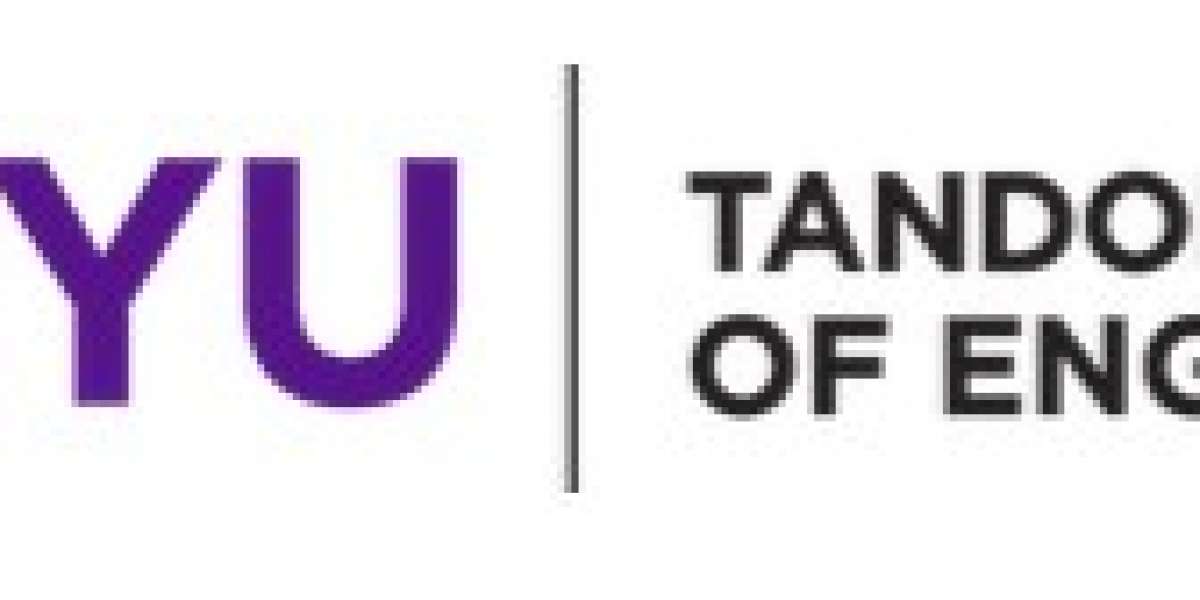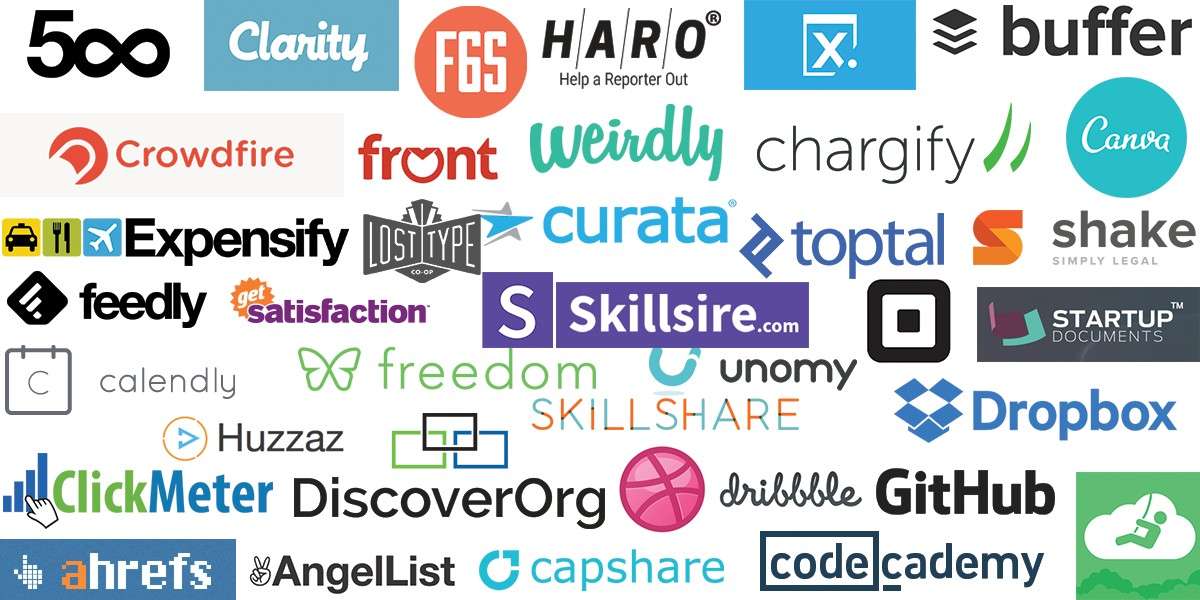The first paper here speaks about layoffs from the employee point of view stating that if you like your job and your work team, don’t get too comfortable. [1] Your employer may be planning a reorganization.[1] It’s possible to emerge from a reorg with a similar or better job, but it requires staying calm amid chaos, networking and prospecting for hidden opportunities. [1]Only 12% reach all their goals by the intended deadline, says Mr. Heidari-Robinson , co-author of “ReOrg: How to Get It Right”.[1]Although restructuring is generally associated with negative effects on the employees, we hear something positive in the paper where one employee suggests accepting a daunting increase in her job duties during a corporate reorganization prepared her for much more challenging jobs.[1] Former sales manager Christopher Taylor says being laid off in a corporate reorganization freed him to start his own job-search consulting firm. The initial frustration later leads to learning and growth is what the perspective of the paper is.
The second paper speaks about the Organization point of view where it states certain alternatives one can approach instead of layoffs. [2]It states before laying off employees, consider how much layoffs will cost your company in the long run. On top of paying severance, alienating employees and risking litigation, the morale hit may hurt productivity among survivors. Plus, when business improves, you’ll be saddled with the cost of recruiting and training new employees. [2]Ask employees for ideas and Offer extra days of unpaid leave. Institute shorter work weeks, consider a virtual office and consider wage or benefit cuts. Freeze additional hiring and cut bonuses, raises, unnecessary travel and overtime. Postpone non-vital equipment upgrades.
The third paper takes a very good example to illustrate how the company performed layoffs in two separate time frames. One which resulted in catastrophe causing a huge loss financially and additional bad press. After learning from this, they took certain steps with an effective strategy for the second needed layoff and the paper elaborates on those topics. [3]Two great forces are transforming the very nature of work: automation and ever fiercer global competition. [3]To keep up, many organizations have had to rethink their workforce strategies, often making changes that are disruptive and painful.[3] Typically, they turn to episodic restructuring and routine layoffs, but in the long term both damage employee engagement and company profitability. The research clearly shows that bad layoffs and layoffs for the wrong reasons rarely help senior leaders accomplish their goals. [3]A better approach to workforce transitions—one that makes sparing use of staff reductions and ensures that when they do happen, the process feels fair and the company and the affected parties are set up for success. [3]After a layoff, survivors experienced a 20% decline in job performance. [3]While short-term productivity may rise because fewer workers have to cover the same amount of work, that increase comes with costs—and not only to the workers. Philosophy and strategy are the main points to think about when performing layoffs. It was found that companies tended to get better financial results after a layoff when employees thought it was handled equitably and done for strategic reasons rather than cost cutting.
Effects of these ethical dilemmas on a startup company:
If we follow the curve of Automotive Industry, we see it’s a sine wave. The market is heavily dependent on sales of the Automobiles which if we see climatic conditions of USA and the current pandemic situation; rise and fall. Thus the wave. These are part and parcel of the growth timeline. In such a situation it is very difficult to avoid layoffs for a startup. Thus the board if not sooner then later will face the dilemma to lay off talent which would not be in its power to avoid.
The competitive nature of the big sharks like Tesla, Rivian and Uber and the economy hit due to the pandemic would be the main reasons. As it is also a new technology that we are driving ahead, we may need all-rounders and the company would not be sure if everybody is up for it. A single person wearing multiple hats is not a culture in every company but due to restructuring this would be a necessity for any company.
Dealing with the ethical dilemma:
As per [3], we can follow similar guidelines of philosophy and strategy in order to maintain interests of the Employees and get ‘Watt superchargers’ out of bankruptcy. Following points will be useful:
1] Have a strategic program built which would be easy for laid off employees to find job outside: The program should offer outplacement services, including career coaching, résumé workshops, career fairs, and networking events.
2] Communication is key: [1] Executives should not sugarcoat announcements about plans of layoffs. They should not say they have no current plans for layoffs when there’s little doubt heads will roll. This undermines the trust needed to make a reorg go well.
3] Create a win-win situation: [3] Hire employees with nontraditional backgrounds as three-year contractors. Approximately 90% of employees are able to get another job at the end of their three-year stints, and the company is able to expand its regional presence and adjust its sales staffing up or down according to the economic cycle.
4] Short-term volatility: [3] Experienced managers develop a range of ways to reduce costs without resorting to destructive layoffs. Example is furloughs.
References:
1] https://www.wsj.com/articles/another-office-shakeup-beware-reorg-fatigue-11547479540
2] https://guides.wsj.com/management/recruiting-hiring-and-firing/what-are-alternatives-to-layoffs/
3] https://hbr.org/2018/05/layoffs-that-dont-break-your-company











